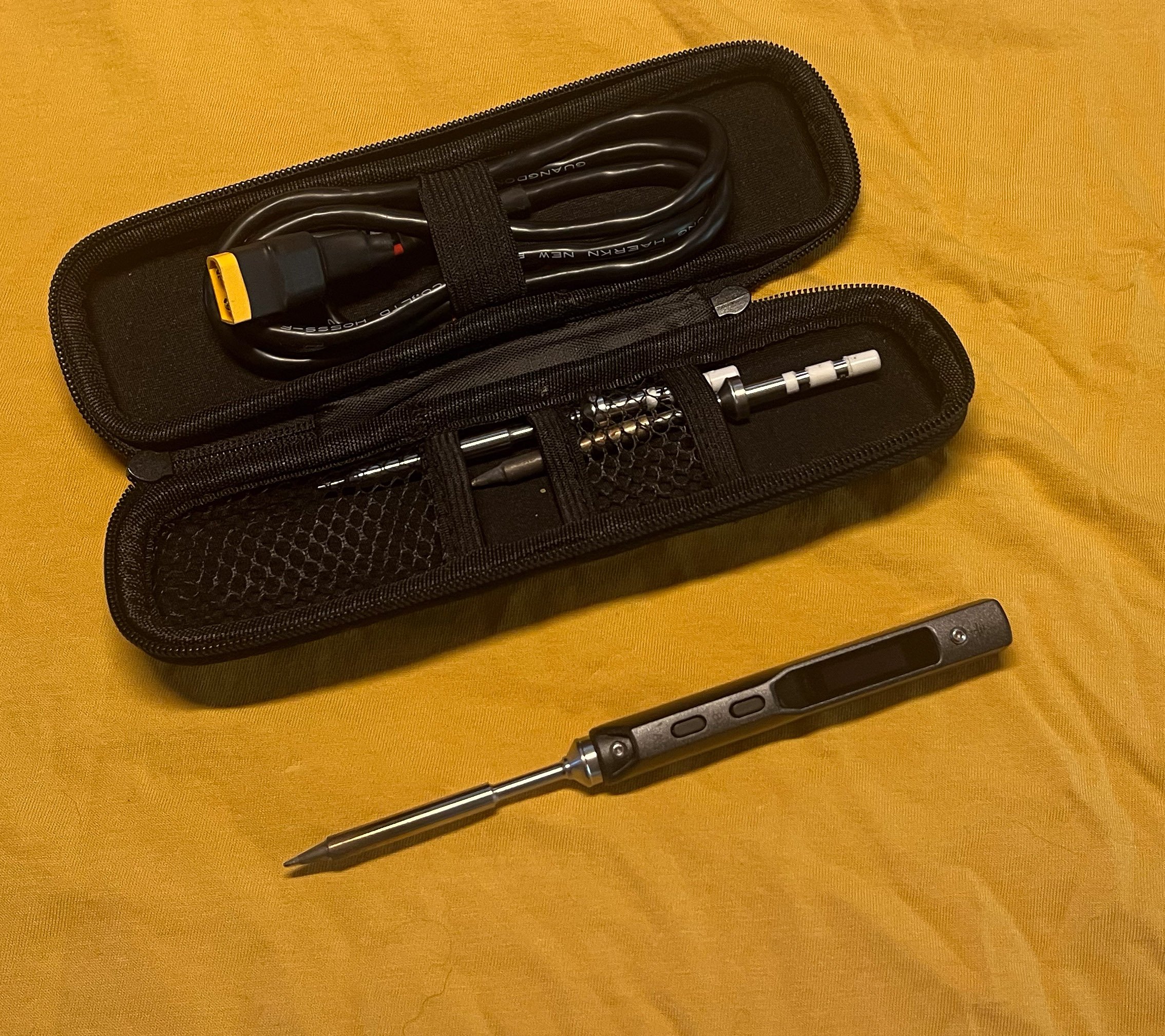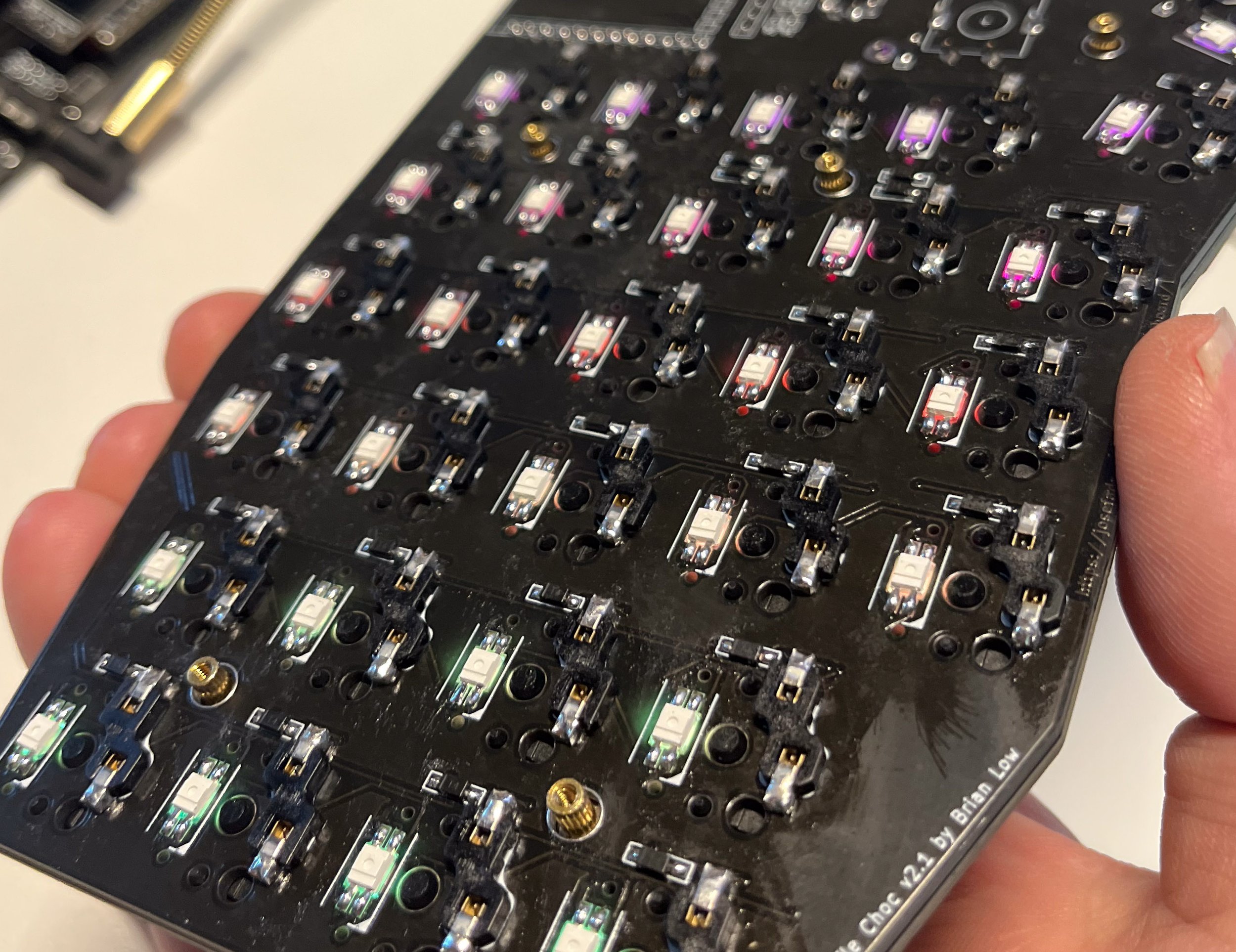soldering iron
Time was, the average hobbyist soldering iron was a blunt instrument as best. It probably came from Radio Shack, plugged into an AC wall outlet and had one temperature setting: variable. These irons were certainly usable and I built some stuff with them when I was a kid. However, I had the fortune of working in the aircraft repair business for a while and that’s where I was exposed to truly professional tools generally and soldering irons in particular. The soldering stations used in that setting were spectacular by comparison. They had little base stations with stands and such but the biggest advantage they had was precisely controllable tip temperatures which made for solid, consistent joints. They were still a bit awkward ergonomically but the difference was enormous. Of course, they also cost hundreds of dollars.
Fast forward: microprocessors, cheap electronics, increased DIY interest, overseas design and manufacturing. They got better and smaller and have arrived at something these old eyes remain very impressed by. There are many clones and I’m sure they vary in quality to some degree but if you do electronics work, the “TS100” family of soldering irons is amazing. Precise digital temperature control, DC input, a variety of replaceable tips… these things are awesome. Competition may have improved in recent years. The Pinecil is also well loved.


